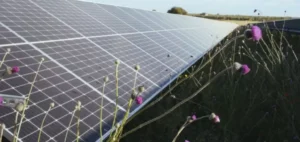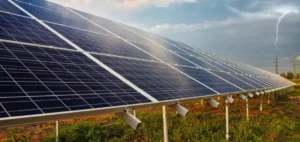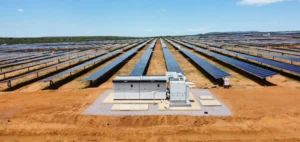Astronergy has delivered 154.4 MWdp of TOPCon ASTRO N5 PV modules to Germany. This will make Europe’s largest TOPCon photovoltaic system in Döllen (Brandenburg) a reality. This is an important step toward introducing n-type TOPCon technology to the global market, powered by Astronergy’s ASTRO N5 series.
Details of the project
The Döllen PV plant is a further step in the introduction of n-type TOPCon technology to the world market, powered by Astronergy’s ASTRO N5 series. The project is financed by the CEE Group and developed by Antlike Solar. The Döllen photovoltaic power plant will sell energy on the basis of a power purchase agreement (PPA) and aims to assume part of the responsibility for climate stabilization, energy tariff reduction and energy independence.
The importance of
The Döllen PV project is currently one of the largest open-air PV parks in Germany. After connection to the grid in 2023, the photovoltaic plant will supply more than 150,000 MWh of green electricity per year. Detlef Schreiber, CEO of the CEE Group, expressed his impression when he said, “The new solar park at the Döllen site impresses with a rated output of 154.4 MWp and at the same time illustrates the potential of renewable energies as a central component of the energy transition.” The project is a major step forward in promoting the use of clean energy and reducing carbon emissions.
The role of Astronergy
Timo Franz, project manager for Europe at Astronergy, said the EEC is firmly committed to providing green energy across Europe. Astronergy was pleased to provide them with its new high-efficiency n-type TOPCon PV modules for their project as well as their confidence in their quality and partnership. Astronergy is committed to being the most competitive PV module supplier in the world.






















